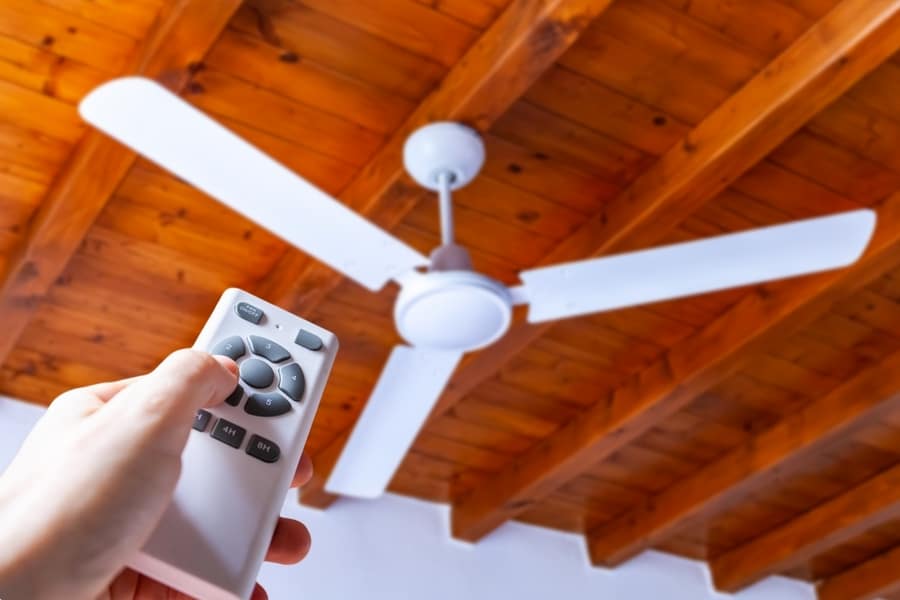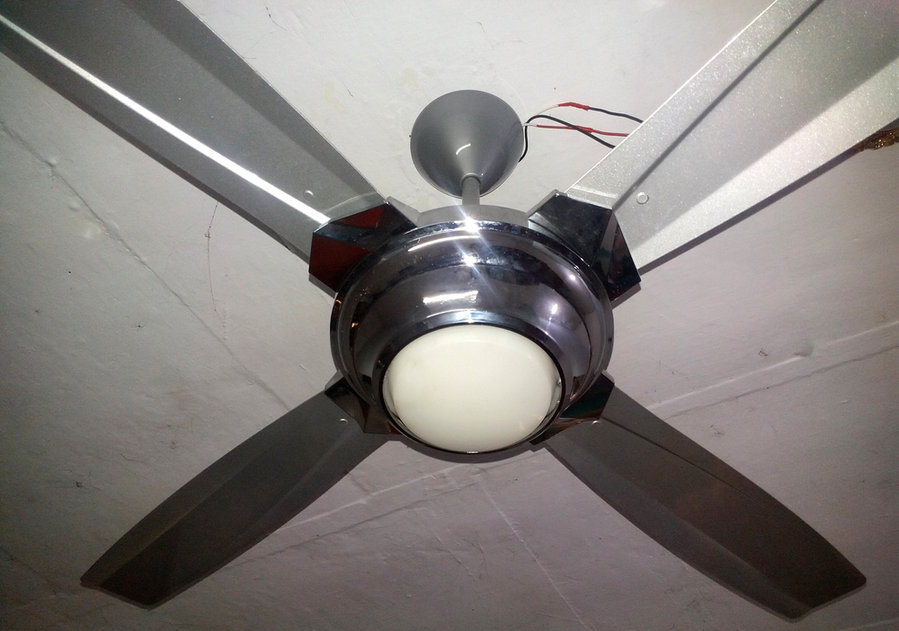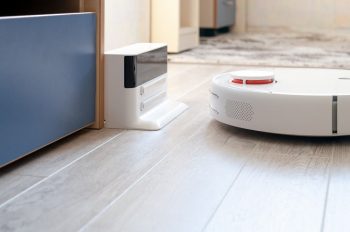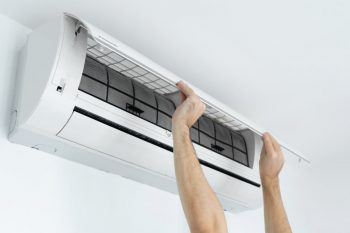
A good working ceiling fan is essential for maintaining your indoor temperature. And today, many indoor fans have remote control technology.
The remote control offers the convenience of turning on and off your fan from across the room. But like every other electronic device, it can run into issues. But how do you troubleshoot the remote when it is not working?
Troubleshooting the ceiling fan remote involves familiarizing yourself with the common issues that may develop. Below are some troubleshooting tips about your ceiling fan remote you can try out.
- Check the range.
- Check the battery.
- Reset your device.
- Unpair/pair back your remote.
- Check the electricity.
- Check your frequencies.
If troubleshooting the remote doesn’t get the fan moving, perhaps the issue is not from the remote but from the fan. So, call a technician to inspect the fan.
This article will teach you some troubleshooting tips to help resolve when your ceiling fan remote stops working.
6 Tips for Troubleshooting Your Ceiling Fan Remote

Your ceiling fan’s remote is an essential component that gives you the convenience of powering the fan on and off and controlling the fan’s speed to achieve maximum comfort. Below are some common troubleshooting tips to resolve a faulty ceiling fan remote:
1. Check the Range

One of the first things you want to do when your ceiling fan’s remote is unresponsive is to check if you are within range. But, unfortunately, ceiling fan remotes don’t come with powerful transmitters.
As such, the remote wouldn’t respond to any command you input when you are farther than you should be from the fan. If you need to know the operating distance for the remote, refer back to the user manual of the ceiling fan.
If you have lost your copy of your user manual, most manufacturers offer an e-version you can download online. So based on the distance suggested by the manufacturer, you can move closer to the fan and retry the remote.
2. Check the Batteries

Another reason the ceiling fan remote might not be working is its low battery. Unfortunately, it is common for the remote’s battery to be low, which you might overlook.
Some remotes come with an indicator light. Also, if the light is not coming on, it’s a sign that the battery is low. But not every remote comes with an indicator light.
If your remote does not have an indicator light, you can open the back of the remote and take the battery out.
If you have a battery tester, you can test if the battery is depleted. But if you don’t have a battery tester, you can swap out the battery with a brand-new one.
If your remote uses rechargeable batteries, you can save money by simply recharging them.
3. Reset Your Devices

Sometimes, the issue with your ceiling fan remote is due to an error code. In such cases, resetting it is an effective way to troubleshoot it.
We recommend you reset the remote and your ceiling fan to get the best result. To reset your fan, disconnect it from a power source by switching the circuit breaker supplying it off for 60 seconds, and then switch on the circuit breaker.
When you want to reset the remote control, turn off the ceiling fan by holding the power button until the light starts to flash. Release the power button, press it again, and hold for 30 seconds to resynchronize the remote with the ceiling fan.
Alternatively, you can reset the remote control by taking out the batteries and pressing and holding the power button for 15 seconds. Then, place the battery back in the remote and try to use it.
4. Unpair/Pair Back Your Remote

Unpairing and pairing the remote back to your ceiling fan can help fix issues you might be having with it. But before you get to this point, ensure you have checked that the batteries are fine.
Unpairing and pairing your remote back to your ceiling can help you fix minor software glitches in the connection.
Turn off the fan using the wall switch or circuit breaker to unpair the remote. Give the ceiling fan a minute to discharge any static electricity, then turn it back on.
As for the remote, refer to your user manual, as different fans have different buttons you can press and hold to pair with the fan. Also, some remotes have a pairing button behind the remote control, so take note.
5. Check the Electricity

If you have inspected everything about your remote but can’t figure out the issue, it might be time to check the fan. It could be that electricity isn’t getting to the fan, making the remote unresponsive. So, ensure that the fan is on from the circuit breaker.
Test for continuity in the fan’s connection to its wall switch if you have a multimeter. You should consider inspecting your home wiring if there is no correct flow.
If you have a fuse box in your home, inspect that, as it could be that the fuse is no longer working, which is why the ceiling fan remote is not working.
6. Check Your Frequencies

If the issue is not with the fan’s electricity or your remote’s battery, you want to check its frequency. The fan and its remote are set to work on the same frequency.
To reset the frequencies on your remote and fan, you first need to turn off the power to the room. Next, remove the fan’s canopy from the mounting bracket.
You should find the receiver and dip switch of the ceiling fan under the canopy you just removed. You can use a screwdriver to create a new frequency for the fan.
After putting everything back together, restore electricity to the room, and your remote should be working just fine now.
Conclusion
Troubleshooting your ceiling fan remote is easy. All you have to do is check for common issues affecting ceiling fans and inspect if that is wrong with your unit.
You might be lucky to end up with one problem to fix. But note that sometimes you might have to fix multiple issues to get the remote working again.
Frequently Asked Questions
What Should I Do if My Ceiling Fan Is Wobbly?
Your ceiling fan should not be wobbly, even if the current is low. If it is wobbly, inspect the canopy screws. If there are loose screws, tighten them and check if that fixes the wobbling.
What To Do When Your Fan Speed Control Is Not Working?
If the fan speed is not working, check if the reserve switch is enabled. Adjust it if the switch is not on one side. Then test it again and see how it functions.












